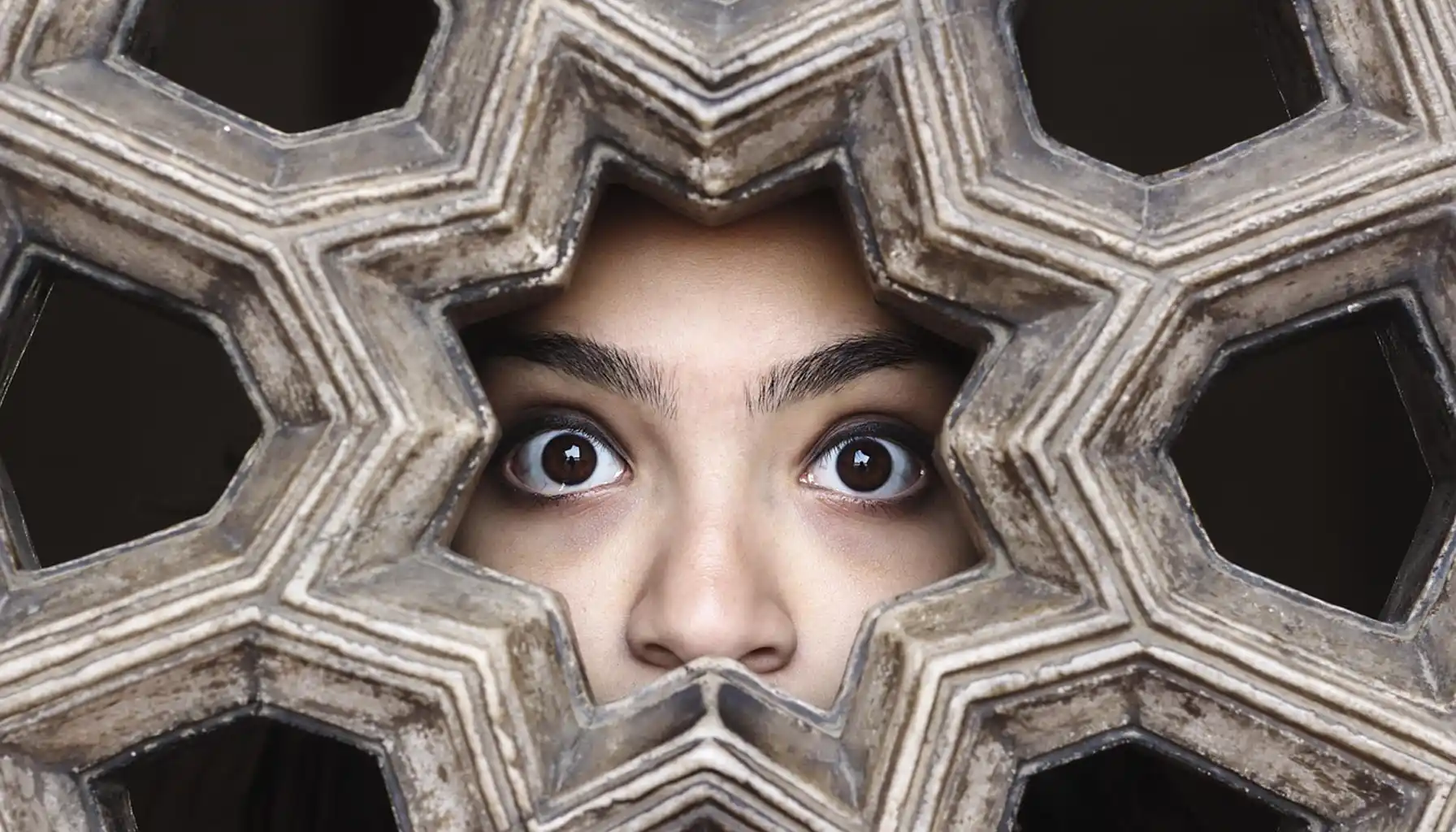Contents:
- What is Ommetaphobia?
- Symptoms of Ommetaphobia
- Why Ommetaphobia Develops
- Ommetaphobia Test and Diagnosis
- The Social Dimension of Ommetaphobia
- Ommetaphobia Facts and Prevalence
- Coping Strategies and Self-Help
- Ommetaphobia Treatment Approaches
- Everyday Challenges of Living with Ommetaphobia
- How to Support Someone with Ommetaphobia
The eyes are more than just a visual organ. Through our gaze, we understand each other without words: we support, argue, and joke. A single movement of the pupils can convey more about a person's mood than a long sentence.
For some people, it’s the eyes themselves that bring sharp tension. A random look in a crowd or the idea that someone is staring is enough to spark fear. This state is called ommetaphobia, an irrational and obsessive fear of eyes.
Living with it is difficult: people avoid meetings, interviews, even movie scenes that show close-ups of the eyes. All this deprives them of simple joys and ordinary habits.
Short concentration practices or memory exercises help them focus, slightly ease anxiety, and remind themselves that even severe fear can gradually be reduced.
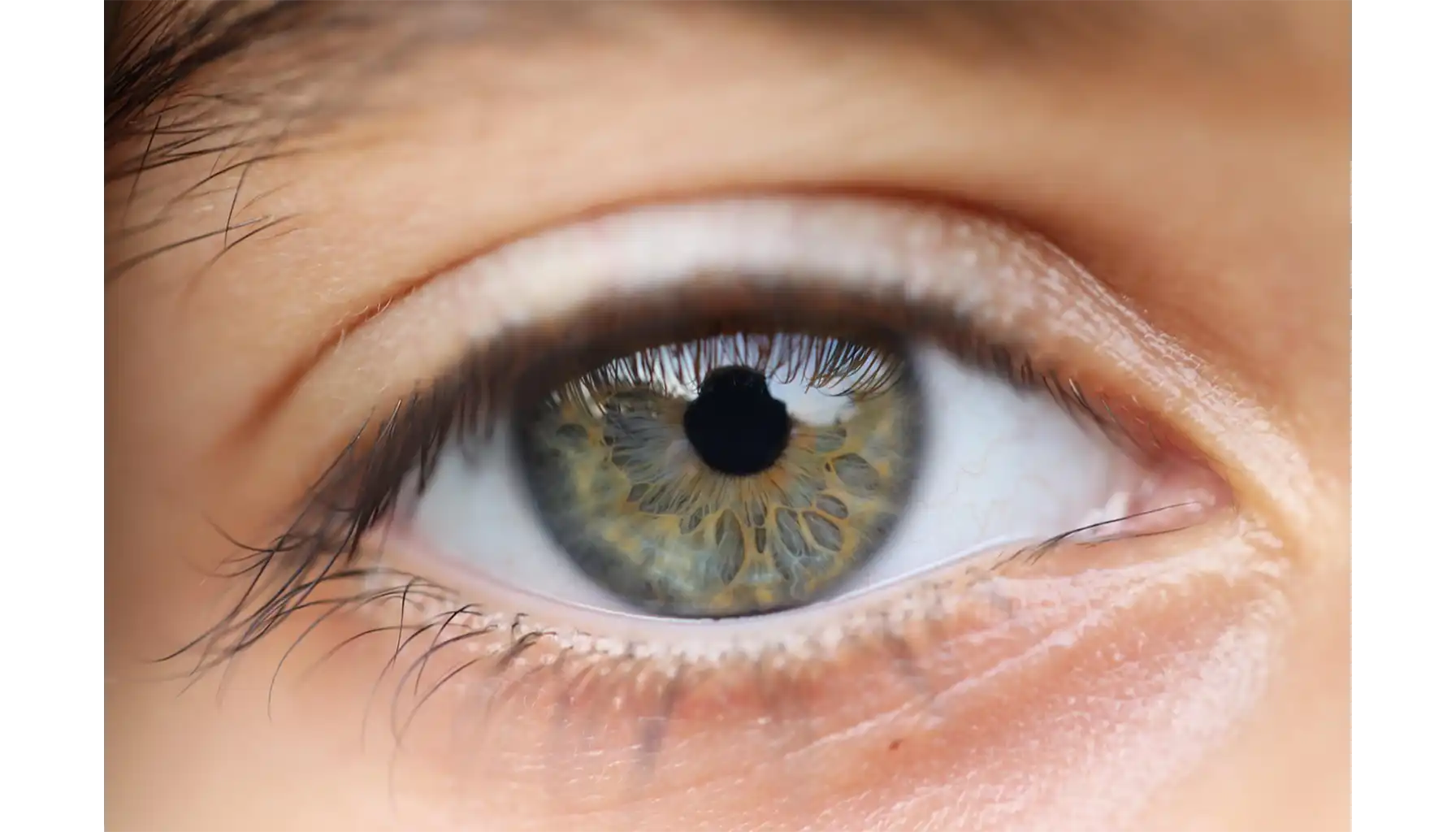
What is Ommetaphobia?
It includes different fears tied to eyes—from shying away from eye contact to panic at a piercing stare or anxiety from images of eyes.
Ommetaphobia Definition and Clinical Context
According to psychiatric classification, it is defined as a type of specific phobia. It is an anxiety disorder in which the object of fear is a specific body part or action—in this case, the eyes.
Ommetaphobia Meaning in Everyday Life
To put it simply, everyday understanding boils down to the fact that looking at, or even associating, eyes causes not just discomfort but panic. A person may avoid:
photographs and films with close-ups of eyes,
situations that involve eye contact,
medical eye procedures (for example, an ophthalmologist's examination).
Symptoms of Ommetaphobia
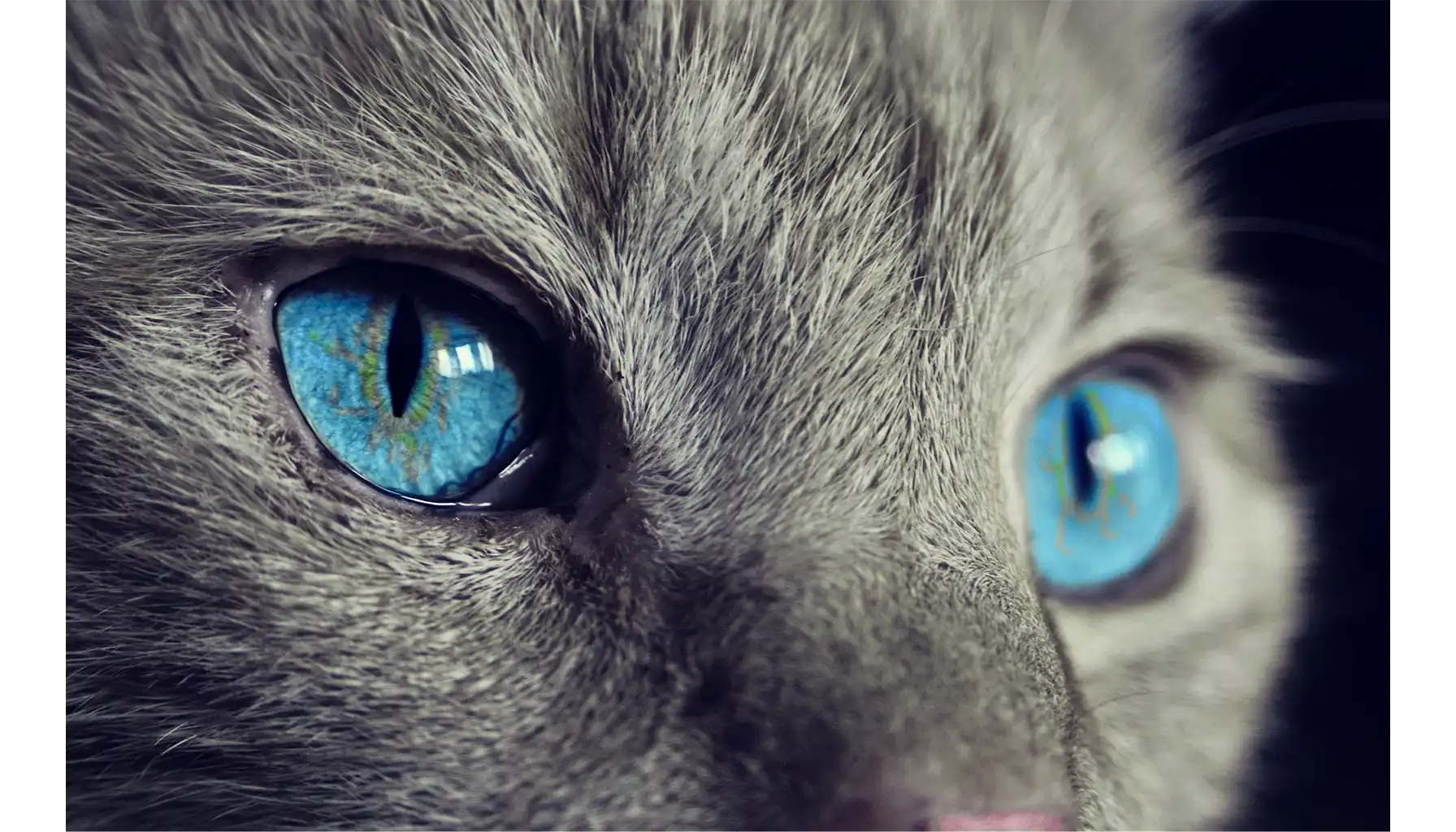
Symptoms may vary in intensity, but almost always include mental and physical ones.
Psychological and Emotional Triggers
Classic symptoms include:
obsessive thoughts about possible eye contact;
a feeling of "vulnerability" when being looked at;
panic attacks;
decreased social activity.
Sometimes the disorder is combined with other conditions, such as body dysmorphophobia, where being looked at is perceived as a threat of exposure or criticism.
Physical Manifestations
Physiological reactions in people with a phobia are often dramatic:
increased heart rate and sweating;
trembling and muscle tension;
dizziness or nausea;
shortness of breath, dry mouth.
Behavioral Avoidance
Avoidance is one of the most obvious signs. A person may:
avert eye contact during conversation;
refuse to speak in public;
wear dark glasses to "protect" themselves from prying eyes.
Table: Common Triggers Reported by Patients
Trigger | Reaction |
Direct eye contact | Sweating, trembling, rapid heartbeat |
Medical procedures involving eyes | Panic attack |
Large images of eyes | Avoidance, nausea |
Social situations | Refusal to participate, isolation |
Why Ommetaphobia Develops
There is no single cause. Most often, it's a combination of factors.
Traumatic Experiences
A trigger can be a negative experience: eye surgery, injury, a humiliating episode when a look was associated with ridicule or aggression.
Learned Behavior and Family Influence
A child can adopt an anxious attitude from their parents. If adults constantly avoid eye contact or frighten them with stories about eyes, the child will internalize this pattern of behavior.
Genetic and Neurological Factors
Some studies suggest a genetic predisposition to anxiety disorders. The brains of people with anxiety disorders respond more quickly to potential threats.
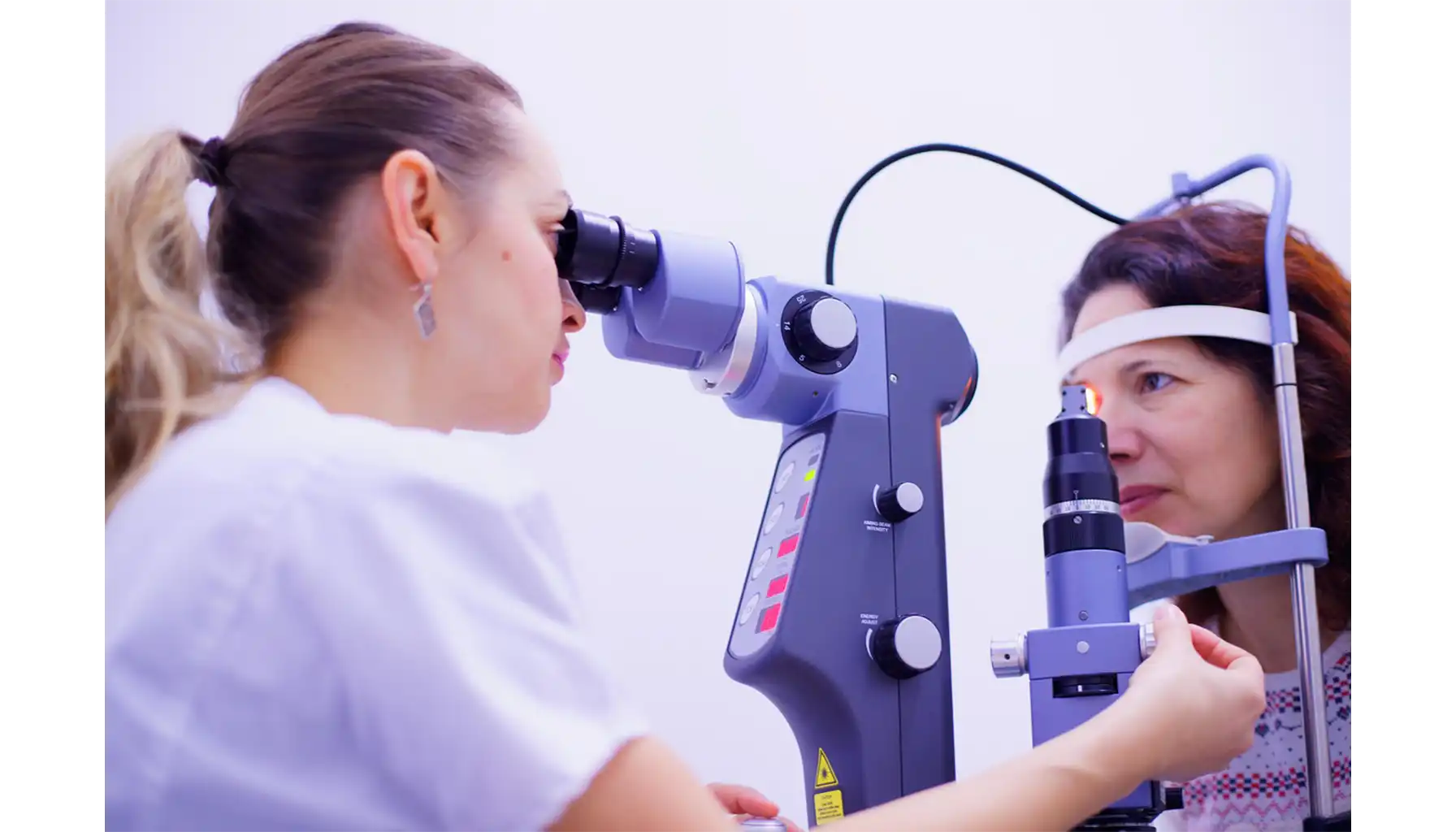
Ommetaphobia Test and Diagnosis
There is no specific test, but psychiatrists use a combination of questionnaires and interviews.
Testing typically includes:
assessing the frequency and severity of anxiety reactions;
checking the impact on work, school, and relationships;
assessing the duration of symptoms (at least 6 months).
It’s important to distinguish a phobia from ordinary shyness or cultural habits where avoiding eye contact is considered normal.
The Social Dimension of Ommetaphobia
The significance of the eyes varies across cultures. In some countries, direct gaze is perceived as a sign of respect, while in others, it's a challenge.
In Western tradition, the eyes are called the "mirror of the soul," and avoiding eye contact is interpreted as insincerity.
In some Asian cultures, on the contrary, direct gaze can be considered aggressive.
For people with phobias, such contexts create additional difficulties: social rules become a source of stress.
Ommetaphobia Facts and Prevalence

Accurate data is difficult to gather, but psychiatrists note that such disorders are less common than fears of animals or heights.
Between 3 and 10% of people worldwide are thought to experience specific phobias.
Among these, facts about ommetaphobia indicate that it is one of the rarest.
Women are more often affected, but men are also susceptible.
By comparison, ommetaphobia is less common than, say, arachnophobia, the consequences for daily life can be just as serious.
Coping Strategies and Self-Help
Even before seeing a specialist, you can implement practices that make your daily life easier.
Breathing exercises and yoga;
A gradual "fear ladder": from eye pictures to real-life encounters;
Keeping a journal to track your progress;
Using apps like Mind Elevate to train your attention and reduce anxiety.
Ommetaphobia Treatment Approaches
It’s impossible to completely ignore the problem, so doctors recommend different methods.
Exposure Therapy: The method of gradual exposure: first discussion and imagination of the eyes, then photographs, later—real interaction.
Cognitive Behavioral Therapy: The greatest effect is achieved by combining exposure and managing thoughts. This way, you notice the silly tricks your mind plays and swap them for thoughts that feel steady and real.
Medication: In severe cases, antidepressants or beta-blockers are prescribed. However, medications are used as a supportive measure.
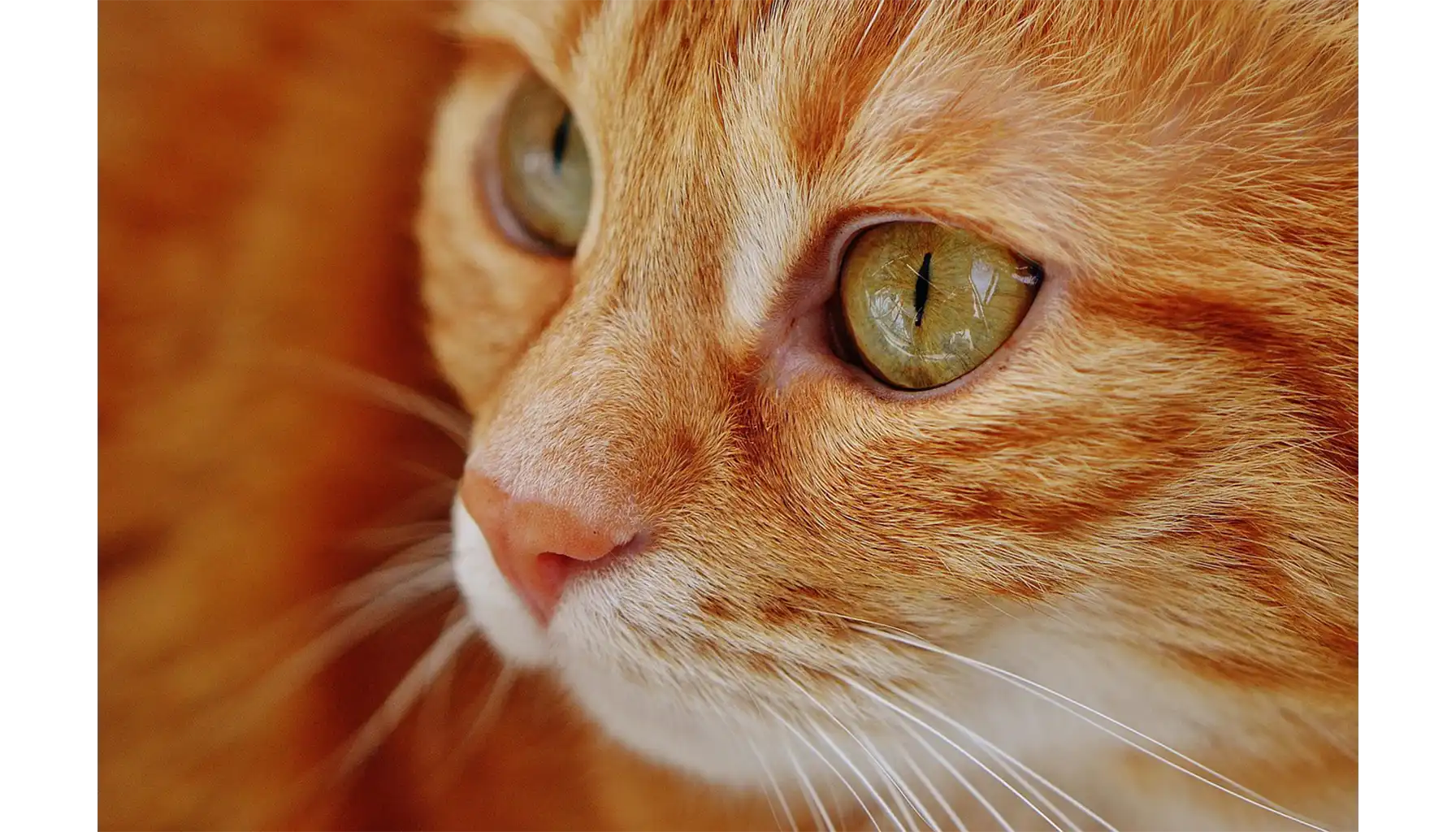
Everyday Challenges of Living with Ommetaphobia
A phobia may seem "invisible," but in reality, it affects many things:
difficulties in careers that require presentations and communication;
strain in close relationships;
difficulties with medical procedures, such as wearing contact lenses.
Sometimes people resort to strange rituals to reduce anxiety, which is similar to other specific conditions like erotophobia, where avoidance also becomes a means of "defense."
Table: Key Differences Between Shyness and Ommetaphobia
Criterion | Shyness | Ommetaphobia |
Eye contact | Awkward, but possible | Panic, avoidance at all costs |
Duration | Situational | Long-term, more than 6 months |
Symptoms | Mild anxiety | Physical panic, avoidance |
Impact on life | Minor | Severe limitations |
How to Support Someone with Ommetaphobia
Support from loved ones plays a huge role. It's helpful to:
respect the person's boundaries;
don’t force them to make eye contact;
gently offer support in therapy;
be there for them in stressful situations.
Broader Perspective on Specific Phobias

Ommetaphobia is just one example we've described in detail. Such phobias may seem "strange" from the outside, but internally they are experienced as a real threat. In this way, they’re similar to other fears, like being afraid of numbers or of meeting people.


